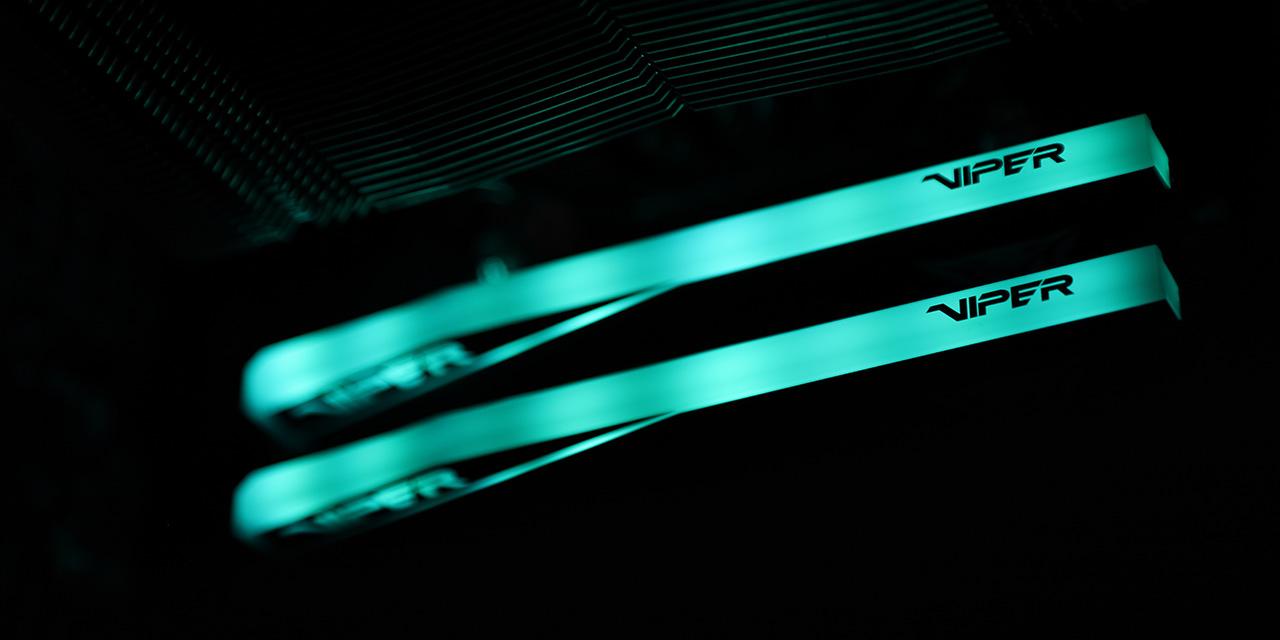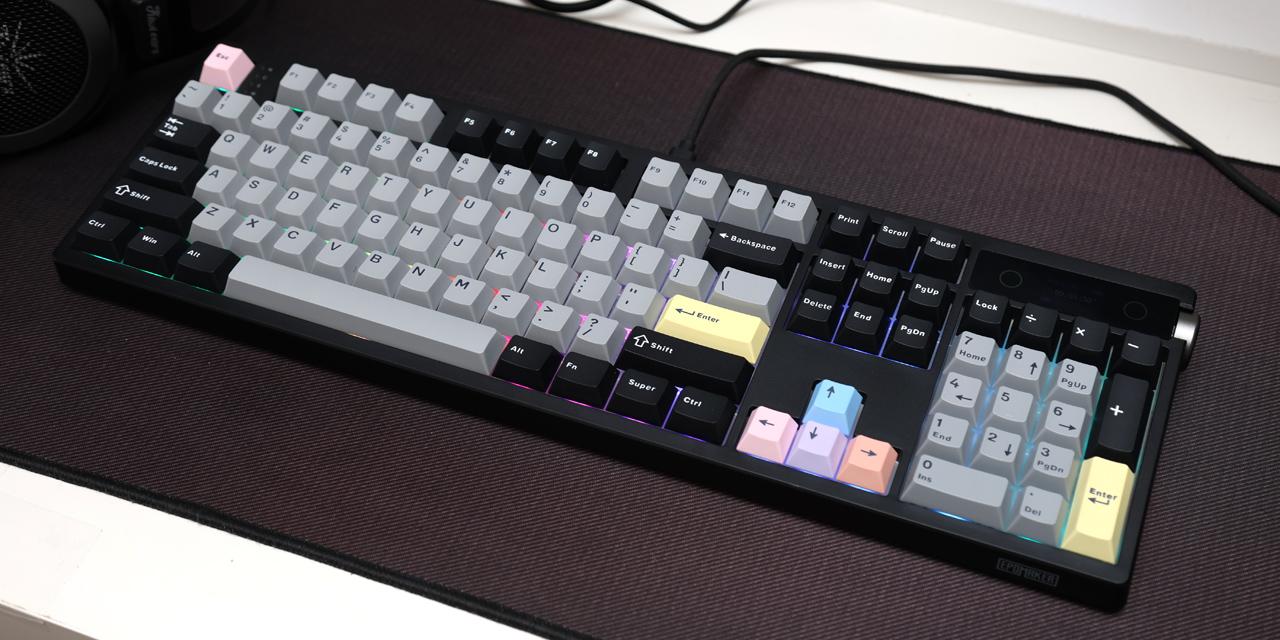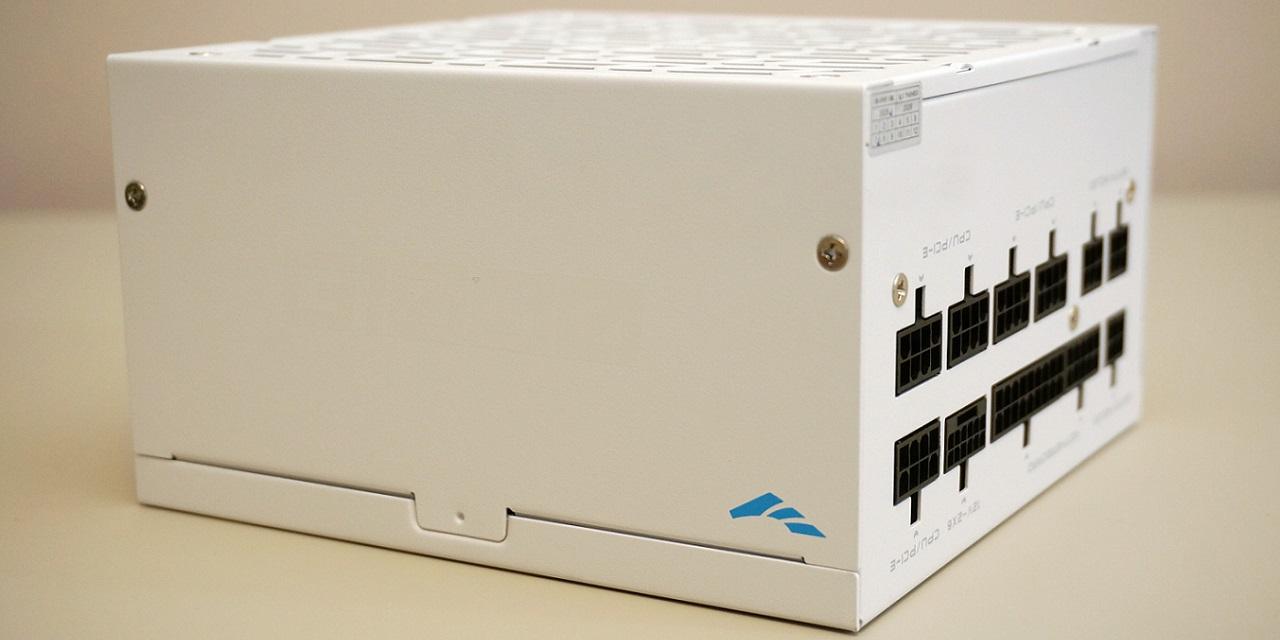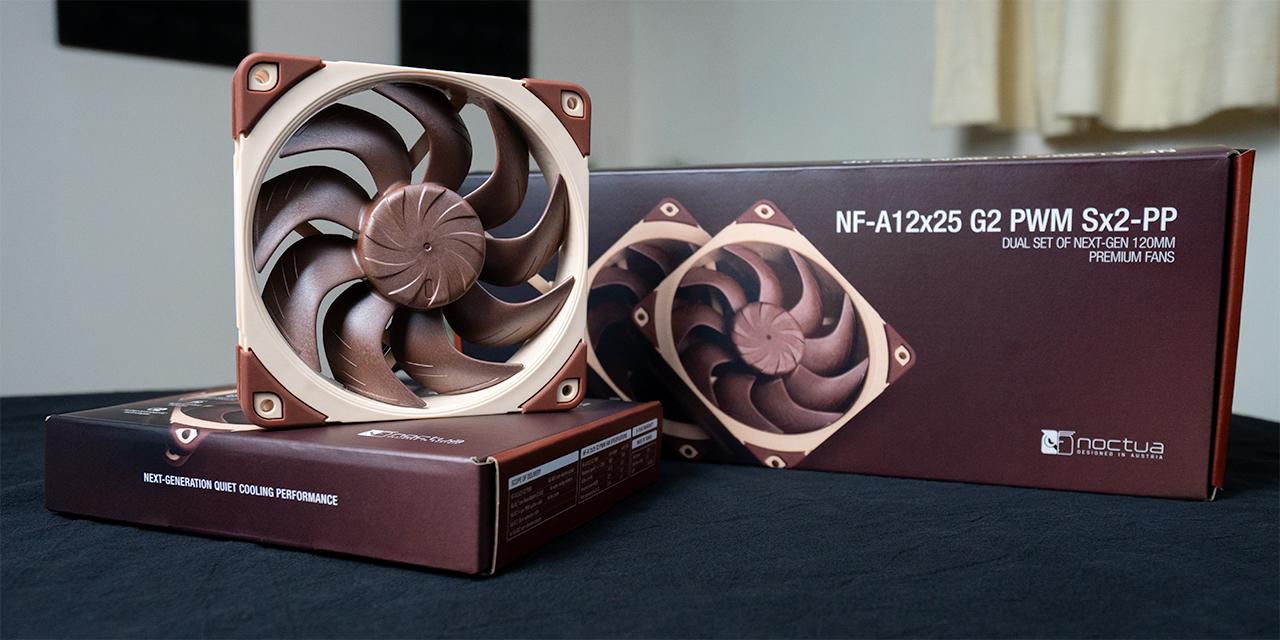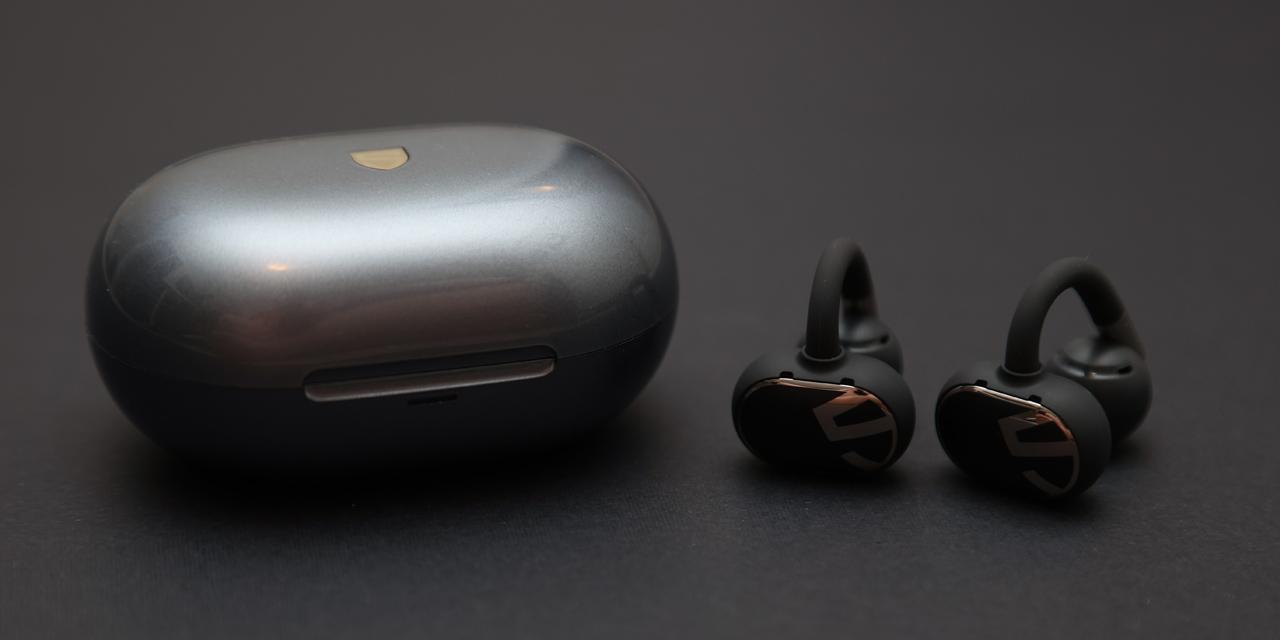Page 4 - Minor Tests and Conclusion
Power supplies are interesting products, because often, reviews of products in this category are conducted and tested in methods that make it difficult to distinguish one power supply from another. Many aspects must be taken into consideration. Certain criteria consist of efficiency, noise, power ripples, and of course the ability to pull out the rated specifications. Because many cannot afford such equipment to obtain results regarding those aspects, articles covering power supplies often come out with less than adequate and acceptable information. As this is a product report -- not a review -- what we are doing is a close examination of the power supply and the internal hardware and build. But what we can do for you is do some minor testing with the results we can present to you with and let other review sites with professional equipment show you the actual test results. We are not going to try to create useless test results by installing the power supply into the latest gaming rig and try to take readings from that, as this is not even remotely the correct way to test power supply units. We understand that many websites do that as a means of load testing, but the results, even if you use an oscilloscope and multimeter at each output location, it is not sufficient, nor does it accurately reflect the performance of the power supply.


Using our power supply tester which exerts minimal load on the power supply, the initial consumption was 8.3W as measured by our wall meter unit, indicating that the basic load-free power consumption of the power supply is very good. This specific model has been tested in independent reviews from websites with professional load testing equipment, showing good efficiency for its class and very good regulation and ripple across all rails. This is an 80 Plus Gold and Cybenetics ETA Gold certified power supply unit.
Voltages with minimal load are generally accurate, which is a basic requirement of power supplies out of the box. In this situation all are within 4%. This power supply is ATX 3.1 compliant and officially supports Alternative Sleep Mode with 100 to 150ms PG specifications. The ATX design specifications state a PSU's PG is required to be between 100ms and 500ms, with 250ms maximum for Non-Alternative Sleep Mode and 150ms for Alternative Sleep Mode.
Active power correction is important to correct AC load line loss. In AC power, there are three components to it, as there is a phase difference between current and voltage. This makes up the power triangle, which consists of the following: Average usable power (P, measured in watts), reactive power (Q, denoted as VA-R), and total power (S, written as VA). While they all have the same physical units, it is not the same thing as aforementioned. What we want is the average usable power with as little wasted reactive power as possible. The total power provided over the AC line is the magnitude of the two combined (sqrt(P^2+Q^2)). Power factor can then be easily calculated by P divided by S. The ideal value is 1.00, and this is where active PFC comes in. The be quiet! Pure Power 13 M 1000W has active PFC, and the power factor will approach 0.99 with a nominal load.
The be quiet! Pure Power 13 M 1000W is a noticeably quiet power supply. On a scale from 0 to 10 where 0 is silent and 10 is the loudest, I would rate the Pure Power 13 M 1000W at 1.5/10 under moderate loads. Even though the fan is capable of up to 2000RPM, its implemented curve profile is quite conservative and thus stays quiet under nominal loads. Its zero RPM mode slows any fan spinning to a stop under nominal loads, which is helpful in reducing noise and potentially increasing the fan's lifespan.

be quiet! provided this product to APH Networks for the purposes of evaluation.

With the entrance of the be quiet! Pure Power 13 M 1000W, we have some interesting changes and improvements compared to the last model. For one, we have the updated 600W 12V-2x6 PCIe 5.1 connector and ATX 3.1 compliance. These might be seen as evolutionary improvements, but we also had a notable switch to an FSP-based platform. According to others with professional load testing equipment, this unit was competitive in all proper facets, including voltage ripple suppression, efficiency, and load regulation. Internally, we have a well-built unit with a respectable configuration of internal components at this price point. Its fan is quiet and tuned well to not spin up unless there is greater load. This is also in part due to the rearranged internal layout for better airflow and more heatsinks. Its 10-year warranty is attractive and competitive with higher-end units. Some may cry foul at the lack of Japanese capacitors inside, but at least they are all rated at the higher 105c. One thing that has also improved is the value, as the Pure Power 13 M 1000W can be had for $150, which is a slight price decrease for a refreshed unit. Overall, I think potential users will rest easy knowing the be quiet! Pure Power 13 M 1000W provides capability, efficiency, and value in one package.
Page Index
1. Introduction, Packaging, Specifications
2. Physical Look - Outside
3. Physical Look - Inside
4. Minor Tests and Conclusion
